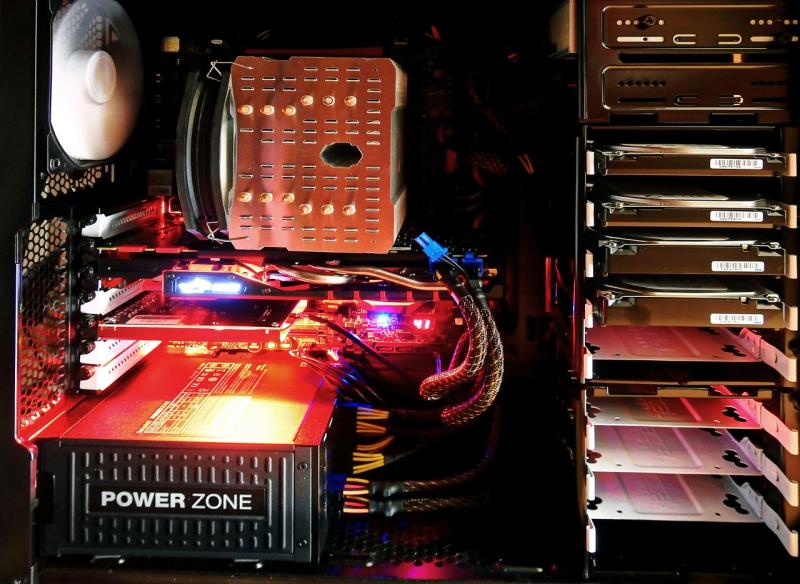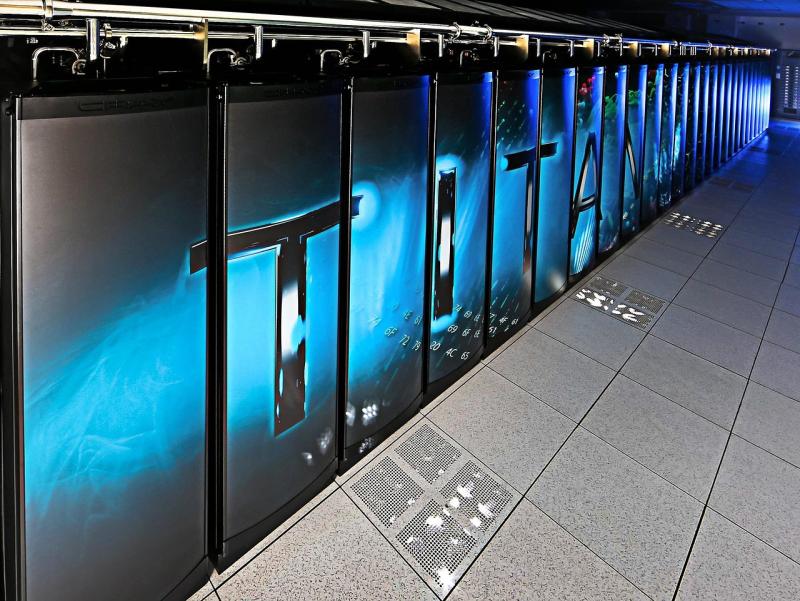Empowering Intelligent Manufacturing and Control Systems
The fields of robotics and automation are driving transformative innovations in manufacturing, healthcare, logistics, and smart environments. At the heart of these dynamic systems lies high-performance computing that seamlessly integrates real-time control, complex simulation, and artificial intelligence. A custom PC designed for robotics and automation is not merely a machine—it’s an intelligent workhorse engineered to process massive sensor streams, manage intricate feedback loops, and execute critical control commands with precision. This extended guide will detail every aspect of building a high-performance robotics workstation, from selecting the right components and optimizing connectivity to ensuring system stability and scalability for future breakthroughs.
---
#### High-Performance Processing for Real-Time Control
Robots and automated systems demand ultra-responsive computing to process sensor inputs, execute control algorithms, and respond to environmental changes in real time.
- **Multi-Core, Multi-Threaded CPUs:**
For real-time control, a processor with many cores and threads provides the parallelism required to handle diverse tasks—from deterministic control loops to image processing. Processors from Intel’s Core i9 or AMD’s Ryzen 9 and Threadripper series are popular choices, enabling simultaneous execution of control algorithms, data logging, and simulation environments.
- **Real-Time Operating Considerations:**
Leveraging real-time extensions in operating systems or custom Linux kernels designed for deterministic processing can further ensure that critical robotics tasks are executed without delay. Hardware virtualization support (such as Intel VT-x or AMD-V) is also beneficial when running multiple isolated environments for testing and deployment.
---
#### Advanced GPU Acceleration and AI Integration
Modern robotics frequently incorporates computer vision, sensor fusion, and machine learning algorithms. Graphics Processing Units (GPUs) play an integral role by accelerating these compute-intensive tasks, making them indispensable for robotics applications.
- **Dedicated GPU Solutions:**
High-end GPUs, such as NVIDIA’s GeForce RTX or the professional-grade NVIDIA Quadro series, provide the parallel computing power necessary for processing visual data, running deep neural networks, and performing complex simulations. They are especially useful for tasks such as real-time object recognition and path planning, where latency is critical.
- **AI Frameworks and Compute Libraries:**
Utilizing frameworks like CUDA, TensorFlow, and PyTorch enables seamless integration of AI capabilities. This empowers your workstation to process real-time visual feeds, optimize sensor data streams, and even train new models on the fly. GPU acceleration coupled with CPU processing drastically reduces the turnaround time for iterative design and control refinement.
---
#### Ample Memory and Ultra-Fast Storage for Robotics Data
Robotic applications generate vast amounts of data—from high-resolution camera feeds and LiDAR scans to extensive system logs and simulation outputs—that must be processed and stored with speed and reliability.
- **High-Capacity RAM:**
For effective multitasking and to prevent bottlenecks during data-intensive tasks, a minimum of 32GB of RAM is recommended, with many advanced systems configured with 64GB or even 128GB. High-speed DDR4 or DDR5 memory ensures rapid data access and smooth operation of multiple sensors and control applications concurrently.
- **Rapid Storage Solutions:**
NVMe SSDs provide the blazing-fast data access speeds necessary for loading large simulation datasets and rapidly retrieving sensor logs. A hybrid storage setup—combining NVMe drives for active computation and high-capacity SATA SSDs or HDDs for archival purposes—ensures that both performance and data redundancy are maintained. RAID configurations can further safeguard critical robotics data against potential drive failures.
---
#### Connectivity and Peripheral Integration
A custom PC for robotics and automation must facilitate seamless communication between the central processor and the myriad of peripheral devices that comprise a modern robotic system.
- **Robust I/O Ports and Interfaces:**
Look for motherboards that include multiple USB 3.2 and Thunderbolt ports, as well as high-speed Ethernet and Wi-Fi 6 connectivity. These interfaces are critical for linking sensors, actuators, external storage devices, and networked control systems.
- **Specialized Adapter Support:**
Depending on the application, you might need specialized adapters for connecting industrial-grade sensors, serial communication devices (RS-232/485), or even camera interfaces (such as HDMI or DisplayPort for high-definition video capture). A versatile motherboard offering comprehensive I/O support ensures that your robotics platform can accommodate a wide range of peripherals without compromising on speed or reliability.
- **Multi-Monitor and Diagnostic Tools:**
Integrating multiple monitors or creating a dedicated control dashboard can assist with real-time system monitoring, debugging, and visualization of sensor outputs. This is crucial for both development and operational environments, ensuring that data flows are visible and manageable.
---
#### Efficient Cooling, Stability, and 24/7 Operation
Robotic applications often run continuously and under heavy loads. To maintain performance and protect sensitive components, robust thermal management is essential.
- **Advanced Cooling Solutions:**
Choose between high-quality air cooling or custom liquid cooling systems that offer a balance of performance and quiet operation. A well-ventilated chassis with strategically placed intake and exhaust fans, combined with dust filters, ensures that the system maintains optimal temperatures even in challenging environments.
- **Stable Power Delivery:**
An 80 PLUS certified modular power supply with sufficient wattage overhead is critical to provide clean, uninterrupted energy. For mission-critical applications, consider integrating an uninterruptible power supply (UPS) and surge protection to prevent data loss or hardware damage during power fluctuations.
- **24/7 Reliability:**
Continuous operation necessitates a design that prioritizes durability and minimization of thermal throttling. Use sensor-based thermal monitoring solutions and intelligent fan controls that adjust airflow based on real-time temperature readings, ensuring long-term stability even during prolonged, high-load scenarios.
---
#### Optimized Software Ecosystem and Real-Time Simulation Tools
The full potential of a robotics workstation is unlocked when hardware is paired with efficient, optimized software environments that support a broad array of development and control tools.
- **Dedicated Operating System:**
A dedicated, lightweight Linux distribution optimized for real-time computing is often preferred in robotics. This minimizes background processes and allocates maximum resources to critical applications like ROS (Robot Operating System), simulation software, and custom automation scripts.
- **Simulation and Virtualization:**
Software tools such as Gazebo, V-REP (CoppeliaSim), or MATLAB/Simulink are often employed to simulate robotic behavior before physical deployment. Virtualization platforms can isolate testing environments and replicate real-world conditions, making the planning and debugging process more efficient.
- **Automation and Monitoring:**
Integrate comprehensive monitoring and diagnostic tools (such as Grafana, Prometheus, or custom dashboards) to continuously track system performance, sensor outputs, and network latency. These tools facilitate proactive maintenance and rapid troubleshooting, optimizing the overall reliability of robotic and automated operations.
---
#### Future-Proofing and Scalability for Emerging Technologies
The robotics landscape is rapidly evolving with advancements in AI, IoT, and sensor technologies. Building a custom PC that is modular and scalable ensures long-term adaptability and protection of your initial investment.
- **Modular Design:**
Choose a motherboard with extra DIMM slots, additional PCIe lanes, and ample storage connectors so that future upgrades—such as extended memory, additional GPUs, or enhanced networking cards—can be integrated with minimal disruption.
- **Scalability in Software and Hardware:**
Embrace hybrid solutions by integrating cloud connectivity or containerization platforms (Docker, Kubernetes) to offload computational tasks during peak times. This adaptability ensures that your robotic control system can grow alongside emerging trends and increasing data processing demands.
- **Continuous Research and Upgradability:**
Regularly benchmark your system performance and establish upgrade paths for key components. Keeping detailed performance logs helps you identify potential bottlenecks and plan future enhancements, ensuring that your workstation remains on the cutting edge as robotics technologies evolve.
---
#### Conclusion: Empowering Intelligent Automation
A custom PC for robotics and automation is a sophisticated blend of high-performance hardware, advanced connectivity, efficient cooling, and an optimized software ecosystem—designed to serve as the central command center for intelligent automation. By selecting a high-core-count CPU, dedicated GPU, ample memory, rapid storage, and comprehensive I/O options, you build a workstation that can process real-time sensor data, execute dynamic machine learning models, and manage intricate control algorithms effortlessly. This future-proof and scalable design not only meets today’s rigorous demands but also adapts seamlessly to the technological breakthroughs of tomorrow, empowering researchers and engineers to drive innovations in smart manufacturing and beyond.
---
### SEO Keywords:
custom PC for robotics, robotics workstation, automation PC build, high-performance robot controller, multi-core CPU robotics, GPU acceleration for robotics, DDR4/DDR5 robotics PC, high-speed NVMe storage robotics, industrial PC for automation, modular robotics workstation, real-time control PC, advanced cooling for robotics, future-proof robotics system
View our related products
See more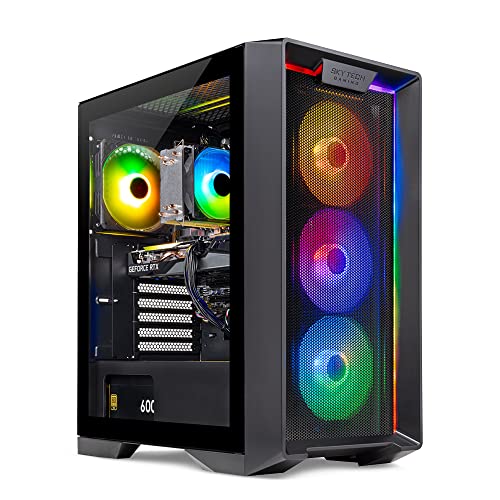
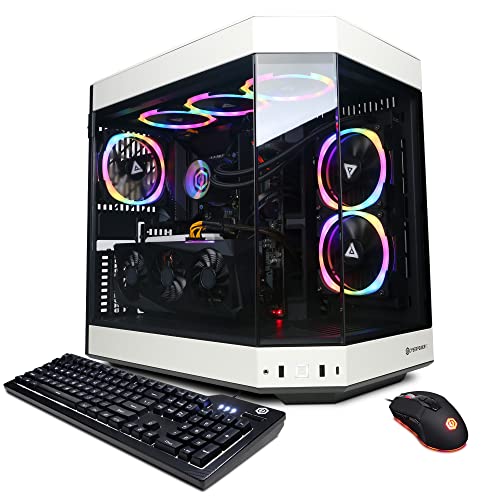
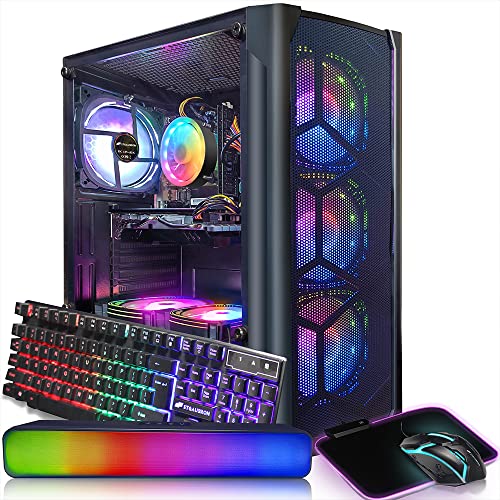
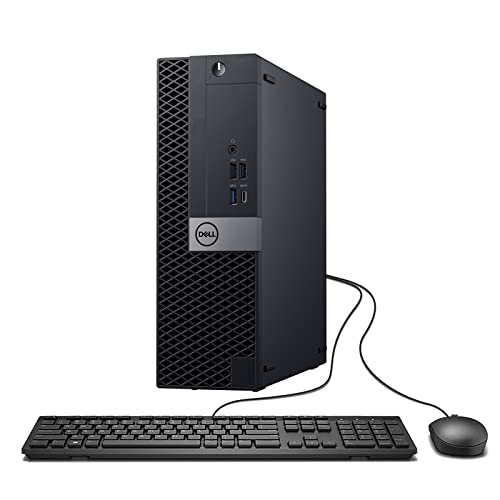
Custom PC for Robotics and Automation
Related Articles
Essential High-Performance PC Components You Need Now
Upgrade your setup with the must-have parts for unbeatable gaming and productivity
Top Picks for Best High-Performance PCs
Find the perfect power machine for gaming, work, or creative projects
Your Guide to the Best High-Performance PCs
Find the Right PC for Your Gaming and Creative Needs
View our related products
See more



